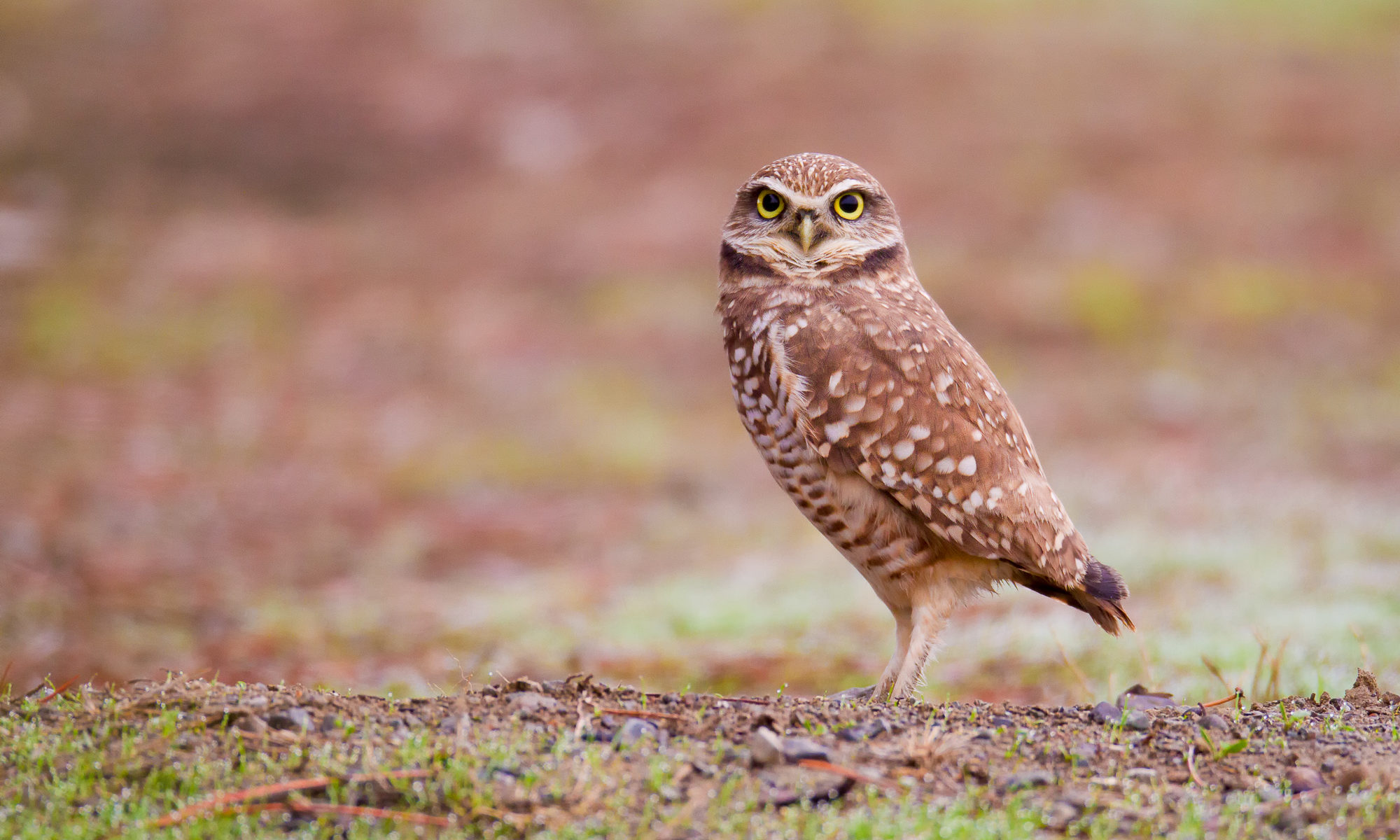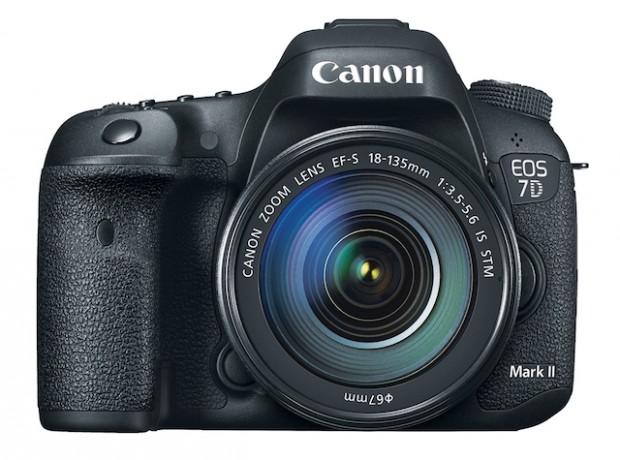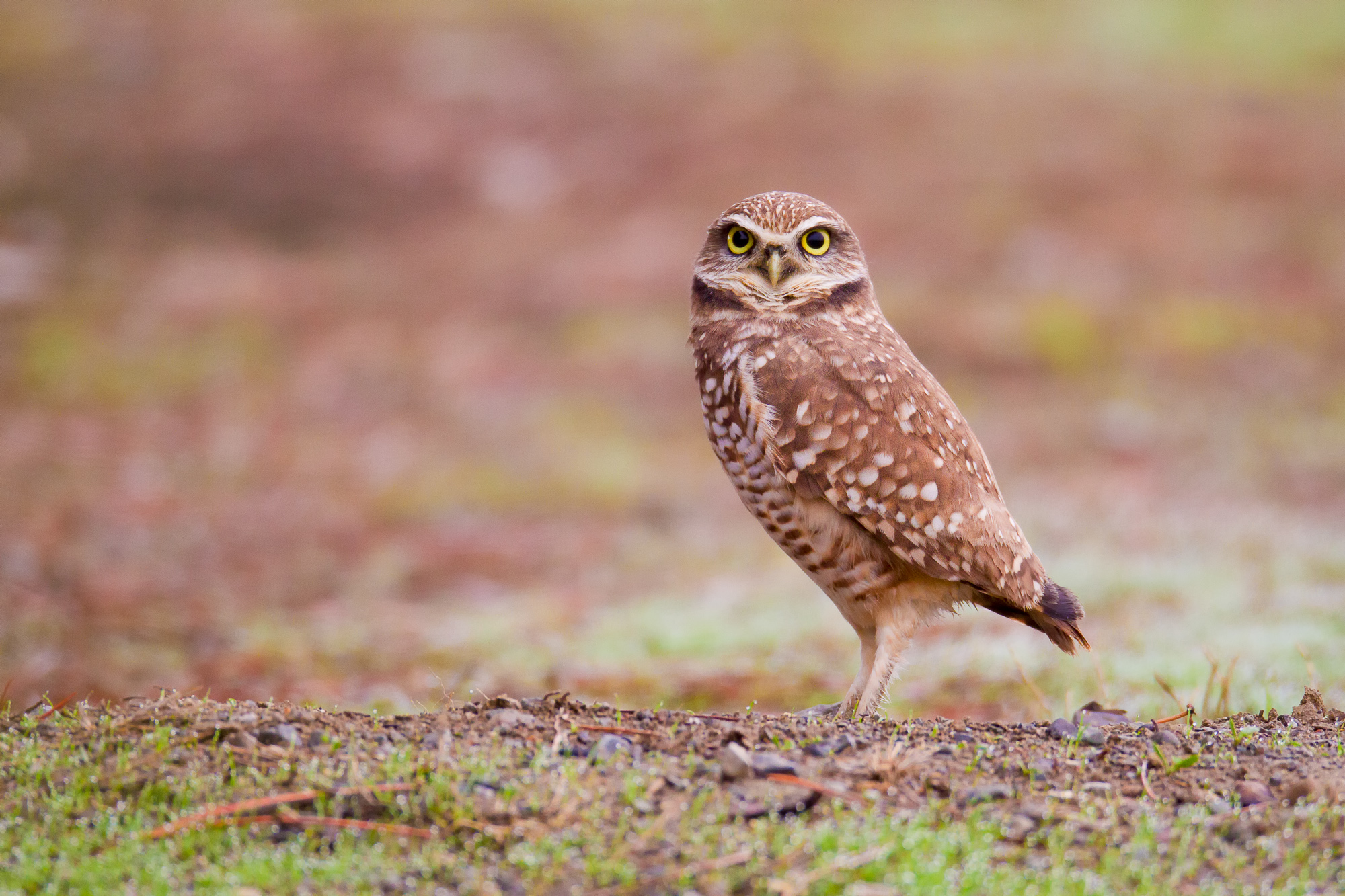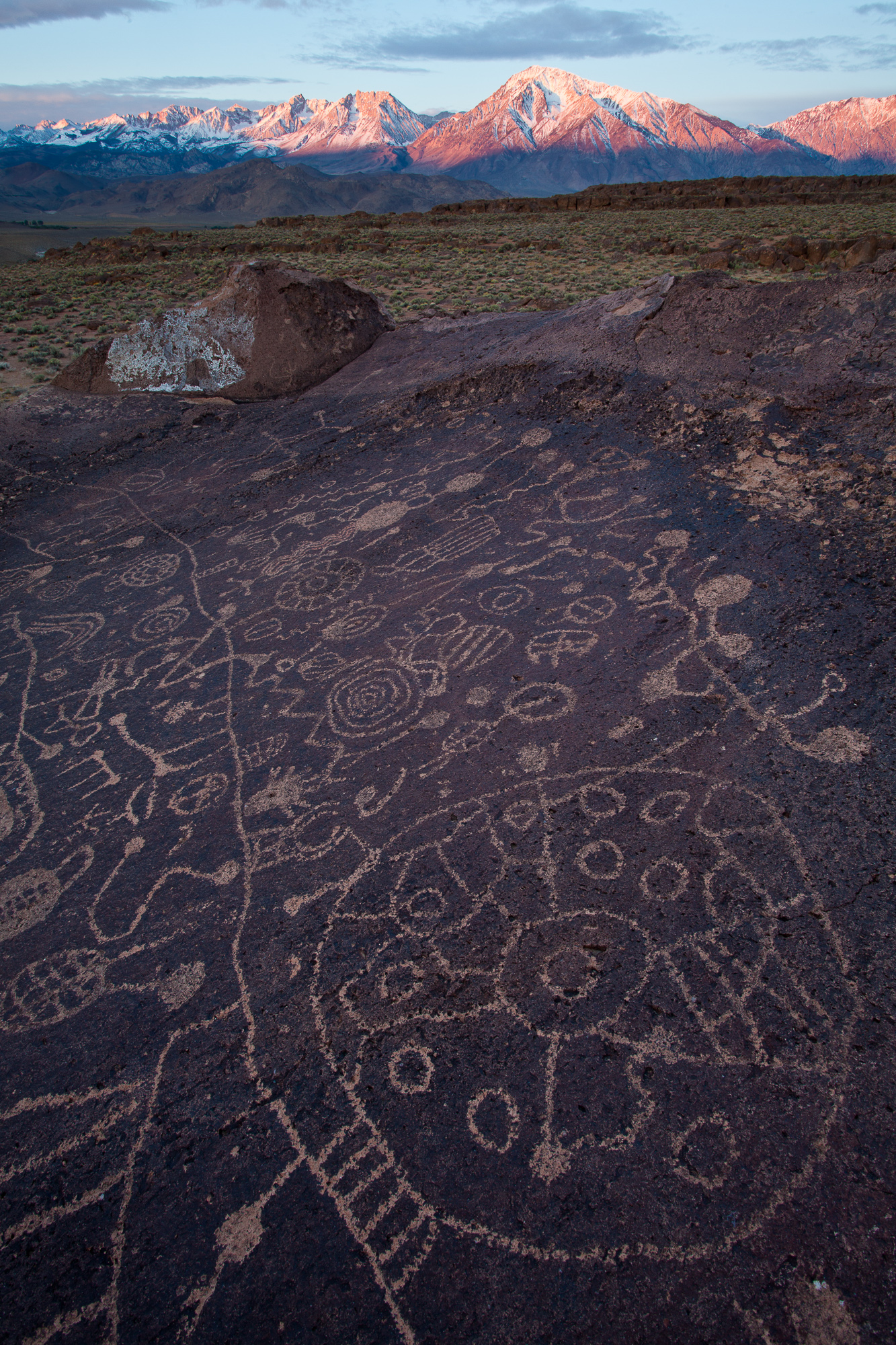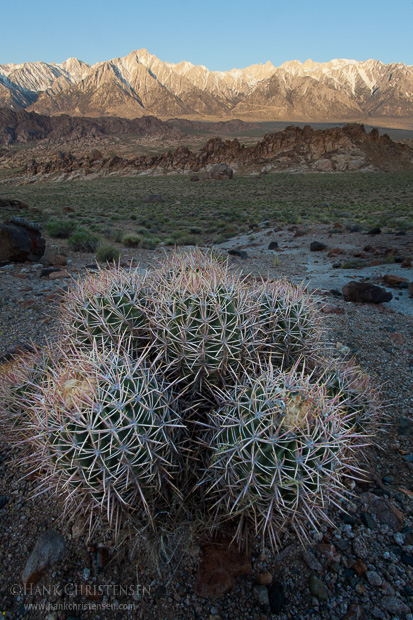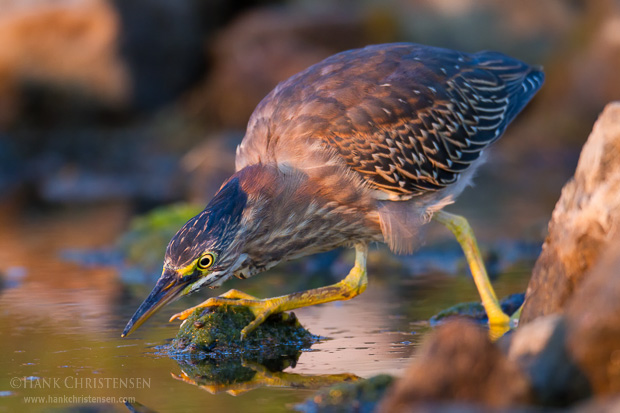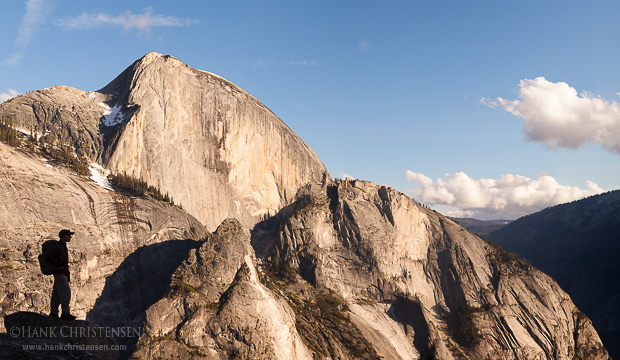Two weeks ago I was challenged by friend and photographer Jerry Dodrill to post 5 black and white photographs on social media over 5 consecutive days. As I am not known for shooting much black and white, I dug back into my archives to see what I had. From that selection, I chose five photos from a variety of subject matter (landscape, wildlife, and architecture) that spoke to me more as fine art than editorial photos. Here is my selection collected together, along with a short synopsis of each.
Day One

I shot this last year on my attempt at the John Muir Trail. Thousand Island Lake is a beautiful location in the heart of the Ansel Adams Wilderness. This was a dark, moody, stormy morning, and during a brief pause in the torrential downpour, I braved the elements and scrambled out of my tent to capture Banner Peak with the lake below. In order to convey my feelings at the time I shot it, it seemed like a perfect candidate for a B&W conversion.
Day Two
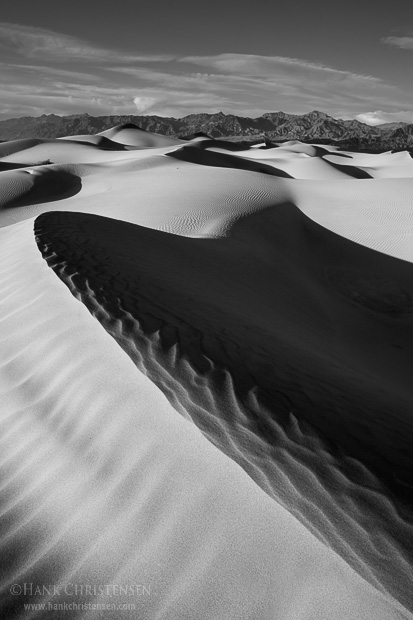
This shot is of the Mesquite Dunes outside of Stovepipe Wells in Death Valley National Park. I shot this fairly wide (21mm) as I was standing on the foreground dune. Those who have photographed a lot of sand know that you can’t just back up to reshoot – you’ll end up with a photo full of footprints! Black and white allowed me to add contrast into the sand ripples along the crest of the dune.
Day Three
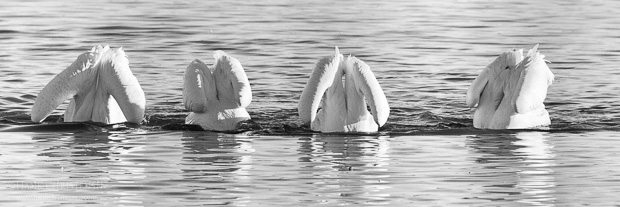
With this photo, I’m switching focus to birds (hey, birds can make great B&W too!) I was shooting a group of American White Pelicans and was waiting for that perfect, synergistic moment. Finally they all ducked down for fish at the same time (the white pelicans tend to be much lazier when eating as compared to the California Browns who are constantly dive bombing their food). I caught the moment and new it would make a nice pano crop – a conversion to a high-key black and white was icing on the cake.
Day Four
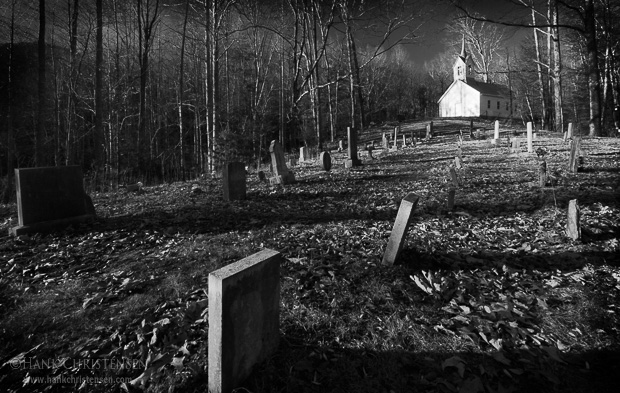
This image is a little different from my usual fare. Quite a few years ago, a friend and I were hiking through the woods of Great Smokey Mountain National Park. It was a still, crisp November day, and we were utterly alone with the trees. Throughout the day, we had been getting a very creepy vibe. Unlike the wilderness of the west, these forests are littered with remnants of past civilizations – small mountain villages linked to other settlements only via walking paths. It almost felt like the ghosts of the past were watching our progress through their woods. Suddenly our trail opened up into a clearing with an old church, complete with cemetery and 100+ year old headstones. When I took this photograph, I knew I wanted to try to convey that feeling that we’d been getting all day. A black and white, high contrast conversion was in order.
Day Five

My final shot is another B&W dune photo from Death Valley. This time I kept the contrast and the clarity low, to emphasize the soft buttery texture of twilight. What first attracted me to this spot was the three tall dunes in the background. I think they reminded me of pyramids off in the distance. I set about looking for a foreground. When I found layer upon layer of sand “waves” stacked up in front of the dunes, I knew I had my shot. I fell in love with the way the light moved across the sand like it was a living thing. In order to remove all other distractions from the photo, I subtracted all color and let the interplay between the shadows and highlights define the photograph.

